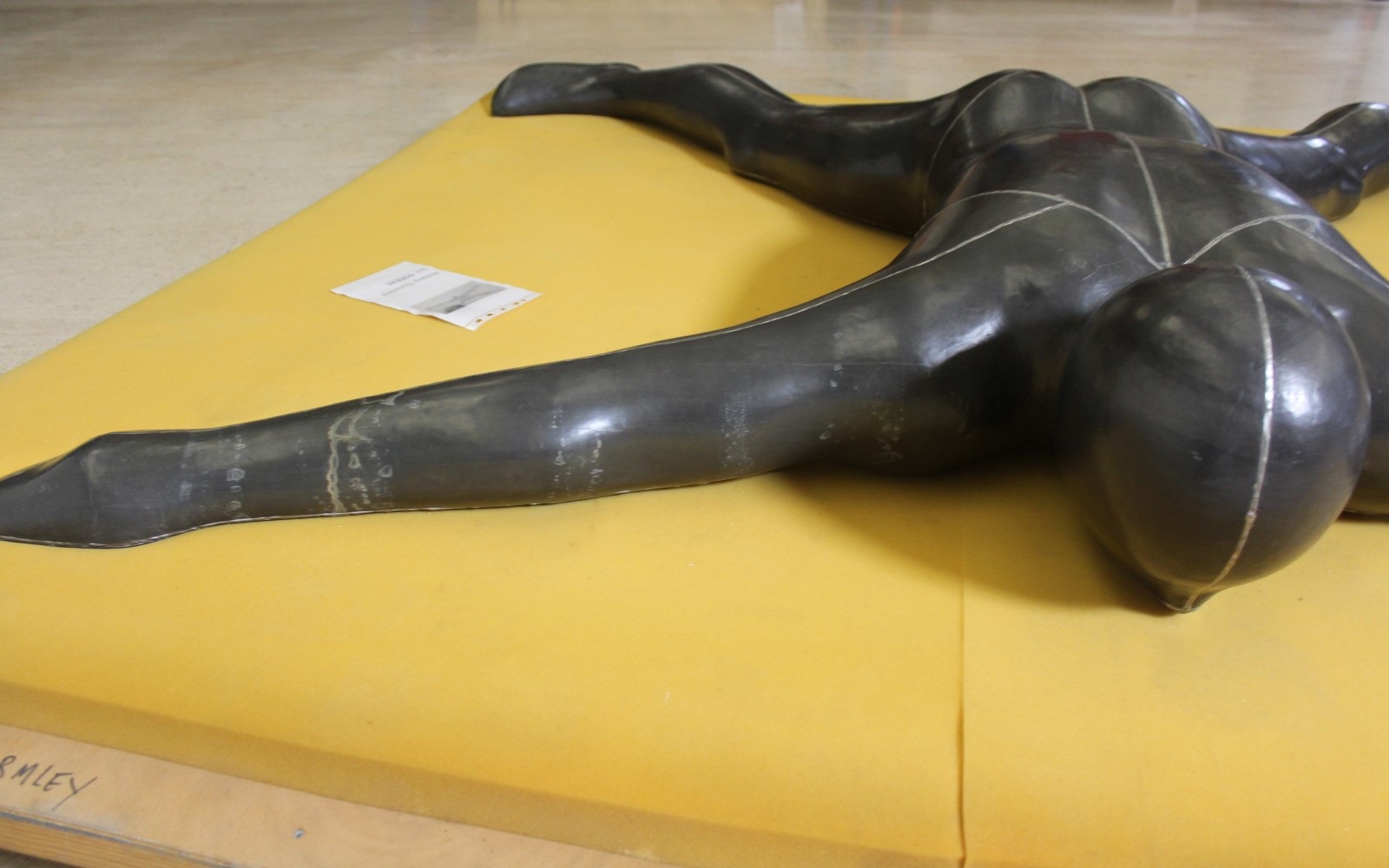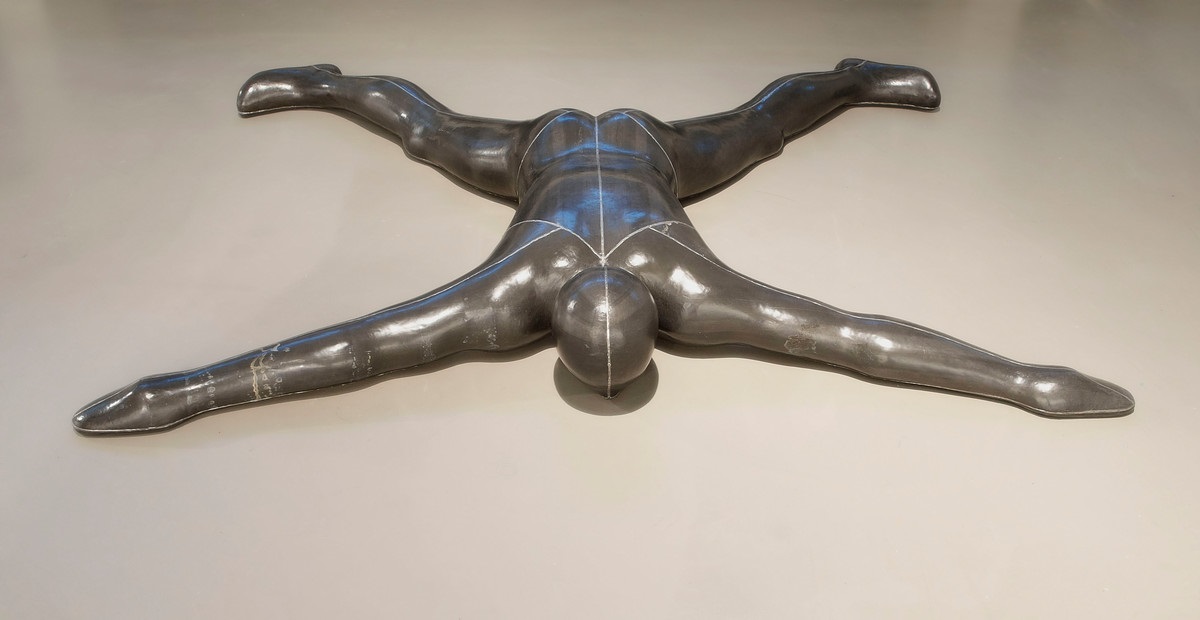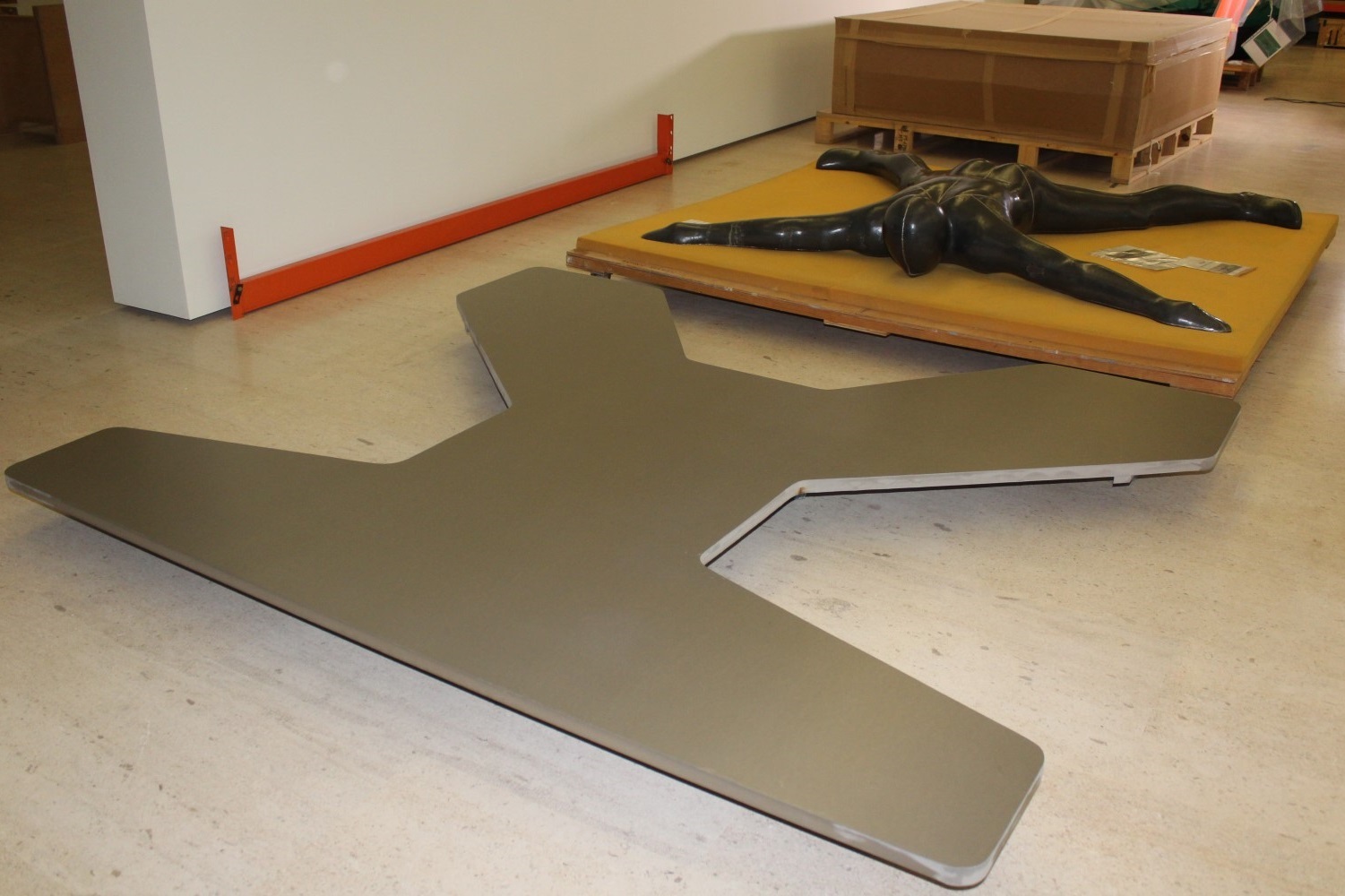A new base for ‘Close II’

The good handling and packing of artworks are two of the main – and ongoing – concerns of a museum with a collection in its care. We are constantly seeking and adapting the materials for conservation, a progressive and essential task for the sustainability of the collection. Thinking about the future in each decision we make helps us avoid costs or losses further down the line.
The materials used for conservation should always be stable, long-lasting, not susceptible to biological attack, acid free or pH neutral, in short, they must be harmless to the piece – and it goes without saying that gloves must always be worn during handling. Packing is planned with the intention of preserving the piece, according to the specific material of each work, and should anticipate any mishap that might compromise its conservation. This process, however, does not negate the need for regular monitoring and the preventative conservation of the collection.

When we move sculptures in the CAM, we sometimes find it necessary to replace certain packing materials and bases on wheels that are showing signs of deterioration. In the case of the sculpture Close II, by Antony Gormley, the wooden base on which it sat was warped in the centre and had misshapen wheels. The sculpture, measuring around 2 x 1.75 m, made of plaster, fibreglass and various sheets of lead soldered together, needed a new base adapted to its shape and to facilitate handling.

The museographic team got down to work and devised and produced a high-density MDF base, with hydrofuge properties, reduced abrasiveness and mechanical resistance. The upper surface was coated with polyethylene foam, another material frequently used in conservation.
The result is a sturdy base with new wheels and an innovative design. Its ergonomic shape allows the torso of the sculpture to be reached from all sides, thus facilitating its transportation, handling and storing.
Elizabeth Martins
Conservator-restorer
The work of Antony Gormley
The human figure is a regular presence in the work of Antony Gormley (1950); even his non-figurative sculptures are conditioned by the human body, by its absence or by the presence of the body of the spectator. The figures created by the artist evoke themes such as memory, history and religion, as well as the mundane and everyday.
Gormley’s bodies have no personal characteristics to make them distinct or individual – they have no race, gender or even features – although since 1981 they have been shaped from the artist’s own body. This is the case with Close II, in which we see a human figure lying face down, with the upper and lower limbs open, forming an ‘X’.
Saber mais